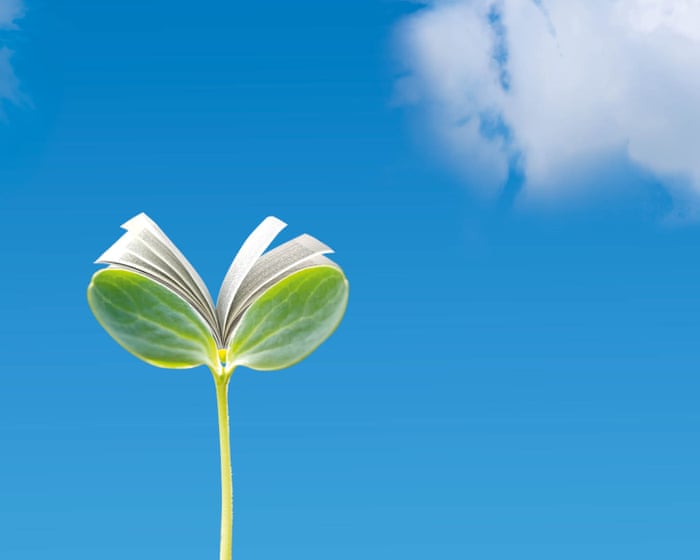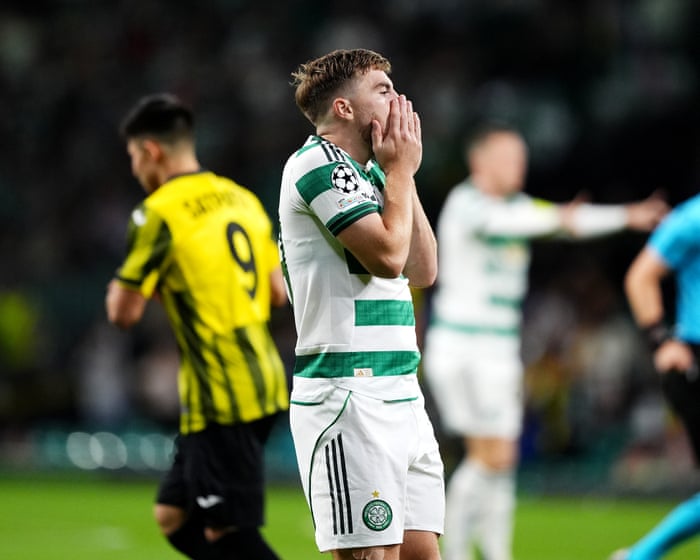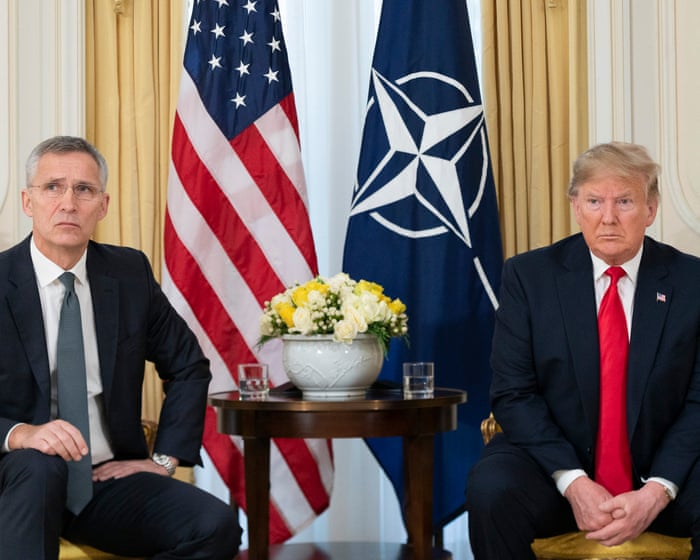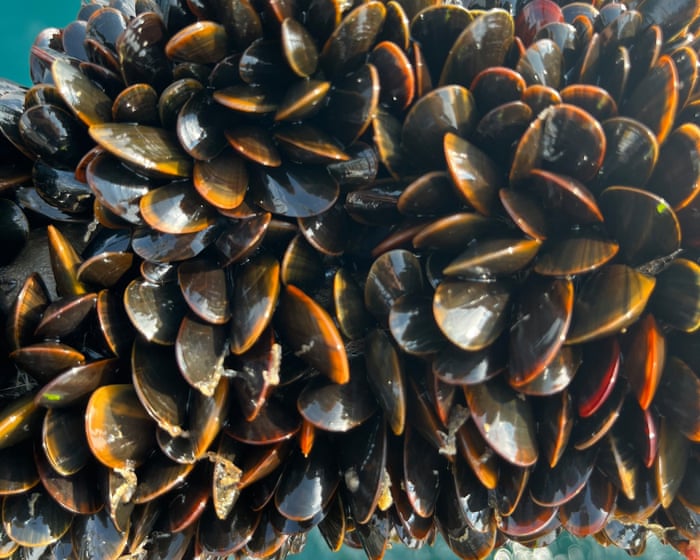Nearly 25 years ago when I published my first novel, Haweswater, about the effects of dam construction in northwest England, nature writing felt different—at least to me. While influential novels about climate catastrophe and survival had already appeared, like Robert C. O’Brien’s Z for Zachariah and John Christopher’s The Death of Grass, there was no urgent pressure to address these themes. Those stories dealt with extreme, isolated disasters—a mutated virus, nuclear war—and were unrelentingly grim. They struck a chord but still felt like outliers. On the lighter side, Ben Elton’s Stark used satire to expose corporate greed, reckless resource use, and the ruin we were speeding toward—though its premise of billionaires escaping to space feels less amusing today.
Back then, people were aware of environmental crises, but the language tended to focus on individual issues—ozone depletion, global warming, desertification, coral bleaching—rather than the full collapse of Earth’s systems. Visionary science fiction existed, but it hadn’t yet coalesced into a movement. Writers had the freedom to ignore climate concerns if they chose—there was no looming, unavoidable subject demanding attention.
By the 2000s, as climate science recovered from political attacks, a wave of alarming nonfiction emerged, warning of rising global temperatures, mass extinctions, and the chaos that would follow if we didn’t change course. Books like Six Degrees (Mark Lynas), A World Without Bees (Alison Benjamin and Brian McCallum), and Half Gone (Jeremy Leggett) sounded the alarm with grim clarity.
As a novelist drawn to urgent themes, I responded by shaping these warnings into fiction. The result was The Carhullan Army, which imagines a militarized female resistance in a flooded, authoritarian Britain where rationing and population control are enforced. Looking back, I see it was born from sheer, terrified fascination with ecological collapse—and the oppressive systems, particularly for women, that might follow. I wanted to translate those warnings into a visceral, immersive experience for readers.
Other writers were doing the same. Cormac McCarthy’s The Road, arguably the most harrowing novel of its time, never names its disaster but shows, as George Monbiot observed, a world stripped of its biosphere. A decade later, Megan Hunter’s The End We Start From depicts a waterlogged, ruined England where survivors flee north. Claire Vaye Watkins’ Gold Fame Citrus follows countercultural refugees in a drought-ravaged California, struggling to survive a landscape so vast and hostile it defies comprehension. That incomprehensibility—the sheer scale of environmental crisis—would soon become our shared reality.
These weren’t speculative threats but unfolding realities, hitting marginalized communities hardest. Tochi Onyebuchi’s Goliath explores racial and historical dimensions of climate collapse, following Black Americans left behind in an uninhabitable, smog-choked U.S. as they search for meaning and belonging. Who suffers most when disaster strikes is a central question. If these stories offer any hope or resilience, it’s fleeting, fragile, or futile—like distant birds circling in a dying sky.Orphans raised in hell, fragile love, sisterhood. Hope is crushed or mocked by the terrifying reality of a dying planet. Since Mary Shelley’s The Last Man, the fear of losing our home and civilized way of life has fueled dystopian stories. Climate fiction, or “cli-fi,” is now its own thriving genre, its themes showcased on bookstore displays. But is despair still the dominant tone?
They say utopias are hard to write—and maybe less compelling to read. George Orwell claimed that “whoever tries to imagine perfection simply reveals his own emptiness.” Darkness, on the other hand, is inherently dramatic—provocative, gripping, and all too familiar. As political efforts to protect our planet falter, stories of environmental horror and nature’s revenge may reflect our growing fatalism. Does dystopia serve as a warning, steering us away from disaster? Or does it just entertain us with bleak visions while reinforcing the worst outcomes?
But is Orwell right? Could this pessimism be a self-fulfilling prophecy, trapping us in chaos rather than inspiring change? Might it stifle hopeful narratives and deepen our sense of helplessness?
One person’s utopia is another’s nightmare. Yet science fiction has always offered visions of progress—like Octavia Butler’s work, which challenges humanity’s destructive instincts and imagines new paths of evolution. Afrofuturism, born from different experiences than Orwell’s, explores Black identity and agency, crafting empowered futures. Who’s to say what stories can or can’t do?
So what fiction should we write now? This was the question I wrestled with while writing Helm. Should literature guide us toward environmental adaptation and resilience? Should writers counter doom with hope, rejecting apocalyptic thinking? Can stories actually shape a better future—creating eco-utopias on the page so they might exist beyond it?
During a British Council panel on nature writing in Germany, an audience member asked this very question. Robert Macfarlane, the moderator, answered without hesitation: Yes. I stayed silent.
After years of dystopian fiction, I had tried hope in The Wolf Border, a novel about rewilding and ecological recovery in Britain. A hopeful “What If?”—or so I thought. But its premise—Scottish independence and radical land reform—now feels more distant than ever. Sitting on that panel, I felt trapped by old assumptions: that darkness is fiction’s domain, that novelists aren’t responsible for shifting society’s mindset. My freedom to choose an environmental theme suddenly felt hollow.
For nonfiction writers, advocacy is central. They engage directly with issues, using words to protest, campaign, and inspire action. Rachel Carson’s Silent Spring led to the EPA. Carolyn Finney’s Black Faces, White Spaces reexamines race, nature, and access to the outdoors, reshaping environmental justice discussions.
Fiction, however, struggles to address issues without…In a virtual world, there are countless elements at play: characters, plots, landscapes, and themes. A story might highlight the environment or even center on it, but that doesn’t make it a manifesto. It’s inspiring to see writers like George Monbiot confront the root causes of pollution and depletion—neoliberalism, capitalism, and the ingrained narratives that make us believe consumer-driven economies are fixed and unchangeable—while also proposing alternatives.
Reading Lee Schofield’s Wild Fell also struck me deeply. The book envisions the flourishing future of ecological restoration in the same landscapes where Haweswater and The Carhullan Army are set. It was surprising because I’d never imagined an optimistic vision for my own region—it felt like a narrative approach I hadn’t considered before.
This kind of clear-eyed, purposeful vision is remarkable—a thoughtful contribution to systemic change. There’s also a surge of powerful books by women exploring humanity’s connection with nature: hawks, hares, mountains, common lands, rivers. These works begin to chip away at the overwhelming sense of fatalism.
Fiction can do the same. Richard Powers’ The Overstory shows the strength of collective action in protecting nature. Barbara Kingsolver’s Flight Behavior finds beauty amid the alarming planetary shifts affecting all species. These novels urge scientists to speak louder and readers to engage more deeply.
This became the driving force behind Helm, a book about Britain’s only named wind—an ancient phenomenon now threatened by human activity. After years of stops, rewrites, and rethinking, I began questioning whether I should imagine ways out of doom-laden scenarios rather than just depicting the conflicts within them. The answer was yes.
While the novel addresses climate change, its tone is different—perhaps because of its subject: air, lightness, and an elusive, shifting presence. Nature narrating itself isn’t new in literature, but remembering that human stories are inseparable from nature’s is more urgent than ever. The wind, the book’s central voice, is a mischievous storyteller, amused by humans and indifferent to its own destruction—so the tone is playful, even as it flirts with apocalypse. A kind of beautiful detachment might be one way to face environmental ruin when action feels impossible.
But Selima, a meteorologist studying microplastics in clouds, carries a heavier burden. She grapples with harsh truths and interference from climate deniers. Her existential struggle mirrors what many of us feel as individuals facing overwhelming crises—yet she persists, defiant and collaborative. Her story remains open-ended, leaving room for activism to prevail.
The novel weaves tales of humanity’s attempts to control nature through industry and religion, treating it as our “manifest destiny” to exploit. But it also explores ways of living in harmony, acknowledging our place within nature—and nature’s place within us. These stories, often belonging to female characters, resist destructive forces and find kinship with the wind.
Through Helm’s perspective, the novel offers a whimsical yet profound view of humanity—one that balances gravity with levity, despair with possibility.This project represents humanity’s profound impact on our planet—our self-absorption and smallness in the grand scheme—while asking: where do we go from here? It sparked a fundamental shift toward hope and a new perspective. Ultimately, envisioning positive alternatives to our ecological crisis felt just as meaningful and necessary as the dystopian visions that came before.
Helm isn’t an eco-utopia, but I hope it offers something constructive for our times. I’ve always believed fiction can help readers grasp and inhabit different versions of the world. Now, I’m starting to think it can also foster healthier visions of our environment—by showing our better instincts and imagining that wonders like the Helm wind might still be saved.
FAQS
### **FAQs About “Bright Ideas for the Future: Why Hopeful Climate Fiction Matters”**
#### **Beginner Questions**
**1. What is climate fiction?**
Climate fiction, or “cli-fi,” is a genre of storytelling that focuses on climate change and its impacts, often set in the near or distant future.
**2. What makes climate fiction “hopeful”?**
Hopeful climate fiction imagines solutions, resilience, and positive outcomes despite climate challenges, inspiring action rather than despair.
**3. Why is hopeful climate fiction important?**
It helps people envision a better future, motivates climate action, and combats eco-anxiety by showing that change is possible.
**4. Can you give examples of hopeful climate fiction?**
Yes! Books like *The Ministry for the Future* by Kim Stanley Robinson and *Parable of the Sower* by Octavia Butler blend realism with hope.
**5. How is climate fiction different from dystopian stories?**
Dystopian fiction often focuses on collapse, while hopeful climate fiction emphasizes solutions, adaptation, and human ingenuity.
—
#### **Advanced Questions**
**6. How does hopeful climate fiction influence real-world climate action?**
By presenting believable futures, it shapes public perception, sparks innovation, and encourages policy discussions.
**7. Does hopeful climate fiction ignore the severity of climate change?**
No—it acknowledges the crisis but shifts focus from doom to possibility, making the problem feel more solvable.
**8. Can climate fiction be scientifically accurate?**
Yes! Many authors work with scientists to ensure realistic scenarios, blending creativity with facts.
**9. How can writers create compelling yet hopeful climate stories?**
By balancing real-world stakes with human resilience, community-driven solutions, and technological or social progress.
**10. Where can I find more hopeful climate fiction?**
Look for book lists, podcasts, and online communities dedicated to solarpunk, eco-fiction, and optimistic sci-fi.
—
#### **Practical Tips**
**11. How can I use climate fiction in education or activism?**
Assign hopeful stories in classrooms or book clubs to spark discussions on sustainability and empowerment.
**12. Are there films or TV shows in this genre?**
Yes!




